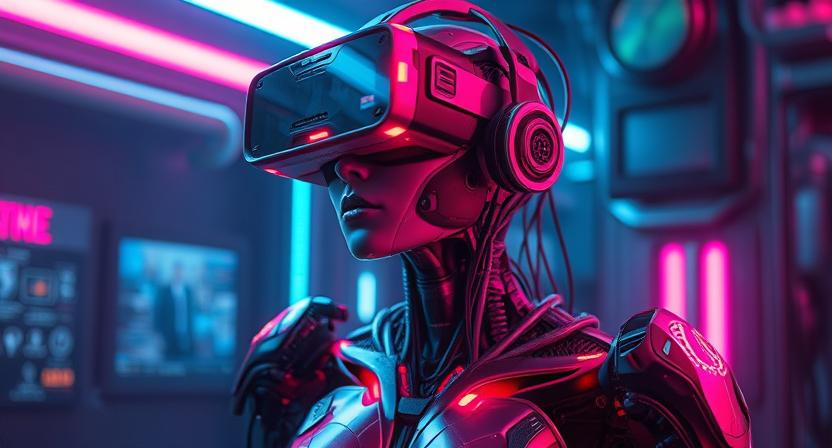Virtual Reality (VR) has shown immense potential in transforming education, and VR Zones are at the forefront of this revolution. Traditionally, classrooms have been confined to textbooks, static images, and verbal explanations, but VR offers a unique opportunity to immerse students in a 3D world, where they can interact with the content they are studying. This immersive experience provides students with a hands-on approach to learning, making complex topics more accessible and engaging.
In VR Zones designed for educational purposes, students can travel to ancient civilizations, explore the human body, conduct virtual chemistry experiments, or even visit distant planets—all without leaving the classroom. For example, history lessons can be taken to the next level by allowing students to step into a virtual Roman marketplace or witness historical events firsthand. Instead of simply reading about history, they can experience it, fostering a deeper understanding and connection to the subject matter.
Beyond history, VR Zones also offer powerful tools for subjects like science, math, and art. Students can engage in physics simulations that allow them to see principles like gravity and motion in action, or they can manipulate mathematical objects in 3D space to better understand abstract concepts. In the field of art, students can create sculptures or paintings in a virtual studio, exploring new methods of artistic expression.
One of the key benefits of VR-based learning in VR Zones is that it caters to different learning styles. Kinesthetic learners, who learn best through physical activity, can benefit from interactive, hands-on VR experiences. Visual learners can engage with richly detailed virtual environments, while auditory learners can listen to guided instructions and narration within the virtual world. Moreover, VR Zones can offer personalized learning paths, adjusting the difficulty level or content based on the learner’s progress.
In addition to content-specific learning, VR Zones provide an immersive space for developing soft skills, such as teamwork, problem-solving, and communication. By participating in group-based VR simulations, students can work together to solve problems, fostering collaboration and leadership skills. As VR technology continues to improve, the possibilities for education in VR Zones are limitless, providing students with opportunities to learn in ways that were once unimaginable.

Leave a Reply